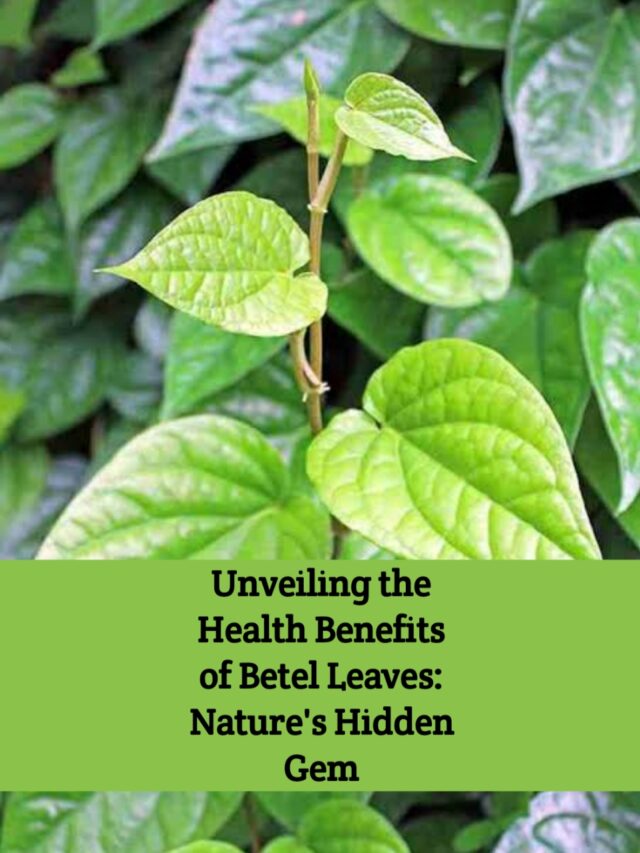The Last Tree: A Warning Rooted in Silence
The Last Tree: A Warning Rooted in Silence
What happens when the final leaf falls, and the forest no longer echoes with the sound of life?
In a world shaped by rapid industrialization, relentless consumption, and environmental negligence, the idea of “the last tree” no longer feels like distant science fiction—it feels like a prophetic vision. As forests vanish at an alarming rate and climate change accelerates, we are forced to confront the chilling possibility of a future without trees.
The Silent Collapse
Trees have long been more than just part of the landscape. They are the lungs of our planet, absorbing carbon dioxide, releasing oxygen, sheltering wildlife, and anchoring ecosystems that sustain life itself. Yet, according to the Food and Agriculture Organization (FAO), we lose approximately 10 million hectares of forest every year—roughly the size of Portugal.
The “last tree” serves as a powerful symbol of ecological collapse. It is the imagined sentinel left standing after bulldozers, chainsaws, and wildfires have claimed the rest. It represents the end of biodiversity, the silencing of birdsong, and the absence of shade on scorched earth. But more than anything, it is a mirror reflecting our failure to value what sustains us.

A Lesson from Easter Island
History offers a sobering lesson through the story of Easter Island. Once covered in lush palm forests, the island was deforested by its inhabitants to the point of collapse. When the last tree was cut, it marked the beginning of the end for their civilization. Jared Diamond, author of Collapse, called it “ecocide”—the self-inflicted destruction of an environment that made survival impossible.
Easter Island is not unique. It is a cautionary tale repeated across continents and centuries. The Amazon, the Congo Basin, and Southeast Asia are today’s frontlines of a battle between economic growth and environmental preservation.
If the Last Tree Could Speak
If the last tree stood today, what would it say? Perhaps nothing. Its silence would say enough.
But perhaps we should speak for it—louder than ever. Its metaphor compels us to act, to plant, to protect, and to protest. It challenges us to rethink our relationship with nature, from one of domination to one of stewardship.
Hope Is Still Rooted
The good news? The last tree is not yet standing. There are still forests to protect, saplings to plant, and ecosystems to restore. Reforestation projects, indigenous-led conservation efforts, and global climate movements offer a lifeline. But time is not infinite.
Let the idea of the last tree be our wake-up call—not our epitaph. Because once the last tree is gone, there are no more warnings. Only consequences.
What Can We Do Now?
The good news is that the last tree hasn’t died yet. Reforestation efforts, sustainable practices, and environmental activism are still making a difference. Governments, communities, and individuals are waking up — but the window for action is narrowing.
If we want to avoid the fate of a world without trees, we must act boldly:
- Plant and protect trees in urban and rural areas.
- Support indigenous communities who are often the most effective forest guardians.
- Push for policies that curb deforestation and promote sustainability.
- Educate others on the true cost of environmental neglect.








